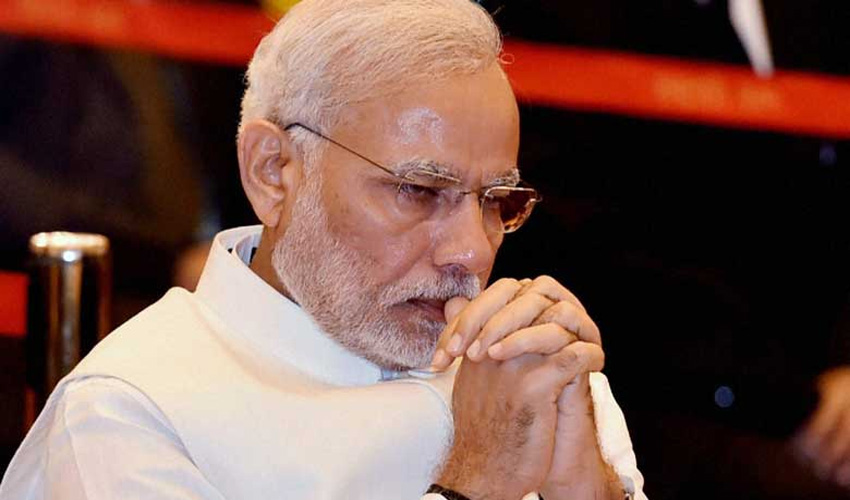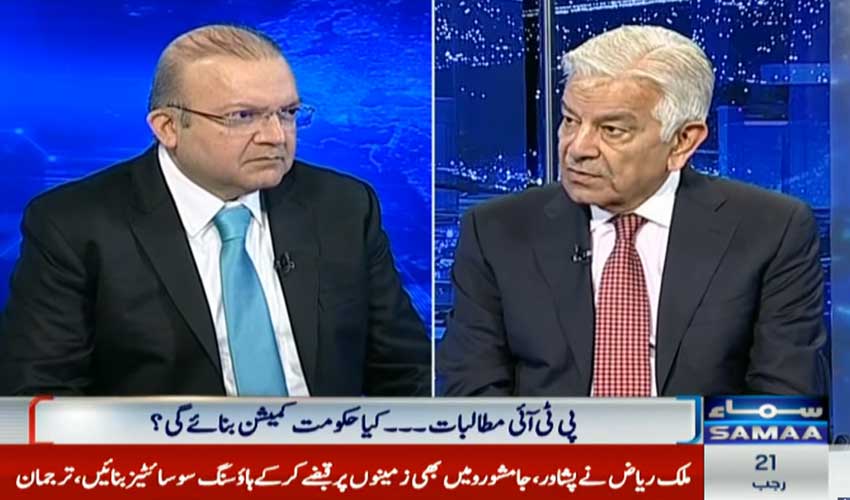The Make in India initiative, launched in 2014 as Narendra Modi's flagship program to boost domestic manufacturing, has encountered significant challenges in meeting its intended objectives, according to multiple international reports and economic indicators.
Foreign Direct Investment (FDI) in India faces substantial hurdles, with bureaucratic barriers emerging as a primary concern. According to recent international assessments, the registration process for new companies can take several months, while land acquisition permits typically require 5-6 years for approval.
Infrastructure development projects have experienced considerable delays. The Bharatmala Project, a nationwide highway development initiative scheduled for completion in 2023, has been pushed to 2027. Similarly, the Mumbai-Ahmedabad bullet train project is running seven years behind schedule.
The domestic manufacturing sector has struggled to compete with international imports. The Hindu reports that local companies like Lava and Micromax have faced significant market challenges from foreign manufacturers, particularly in the solar panel and mobile phone segments.
Workforce development remains a critical issue. Current data indicates only 2% of India's workforce is skilled and educated, with merely 5% of workers considered proficient in their respective fields. Educational unemployment statistics reveal concerning figures: 35% of B-Tech graduates, 77% of Polytechnic graduates, and 60% of ITI graduates remain unemployed.
Major industrial projects have faced implementation challenges. The POSCO steel mill project experienced a nine-year delay due to regulatory complexities, according to Resurgent India's report. Approximately 70% of industrial projects in India face similar delays, leading to financial losses for investors.
The trade deficit has contributed to currency pressures, with the dollar value continuing to rise against the Indian rupee. This economic indicator reflects broader challenges in achieving the Make in India initiative's manufacturing and export goals.



























